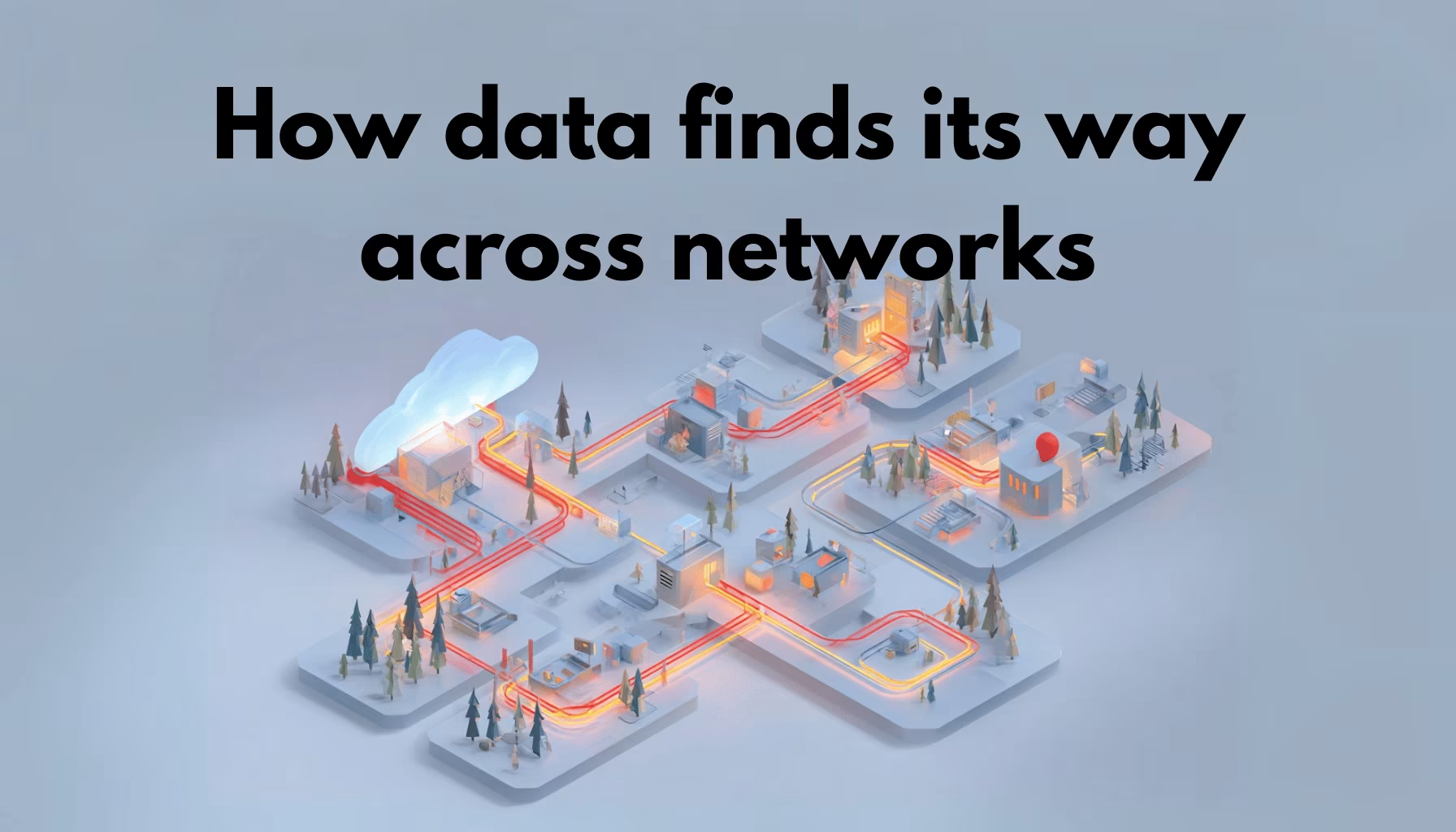
Every time you send a message, visit a website, or query a cloud service, your data travels a complex path from source to destination. That path is determined by IP routing—the process of deciding where packets go based on their destination IP address.
Whether you’re a network engineer, DevOps practitioner, or developer working with distributed systems, understanding how IP routing works is essential for diagnosing issues, securing traffic, and optimizing performance.
In this guide, we’ll explain what IP routing is, how routers make decisions, how static and dynamic routes work, and how noBGP reimagines routing for the modern era.
IP routing is the process of forwarding data packets from one network to another using destination IP addresses and routing tables.
Routers make decisions based on:
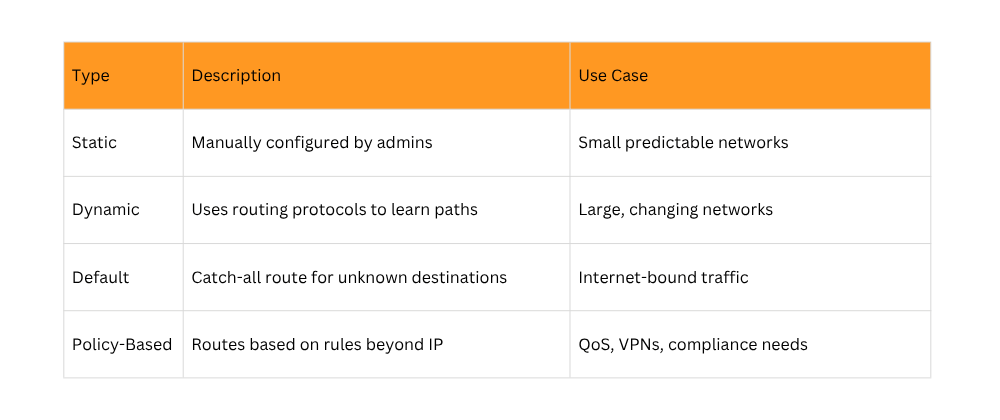
A routing table is a database of possible paths. Here’s a simplified view:
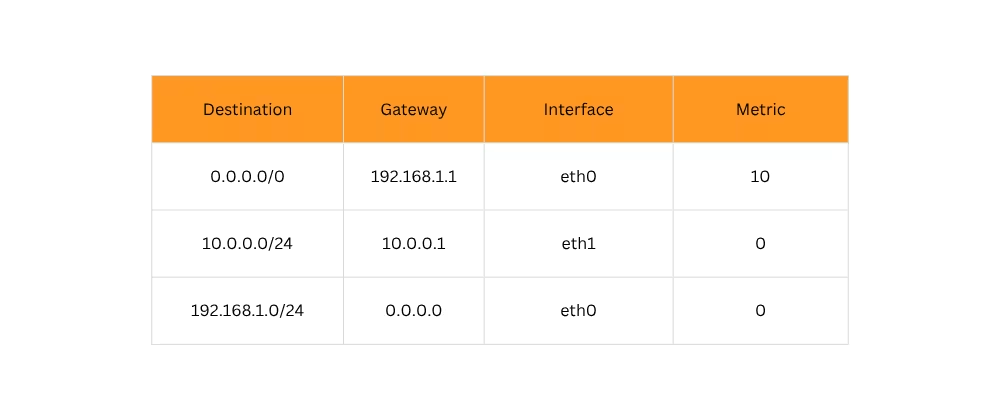
The router selects the most specific match (longest prefix) or the lowest metric when multiple routes match.
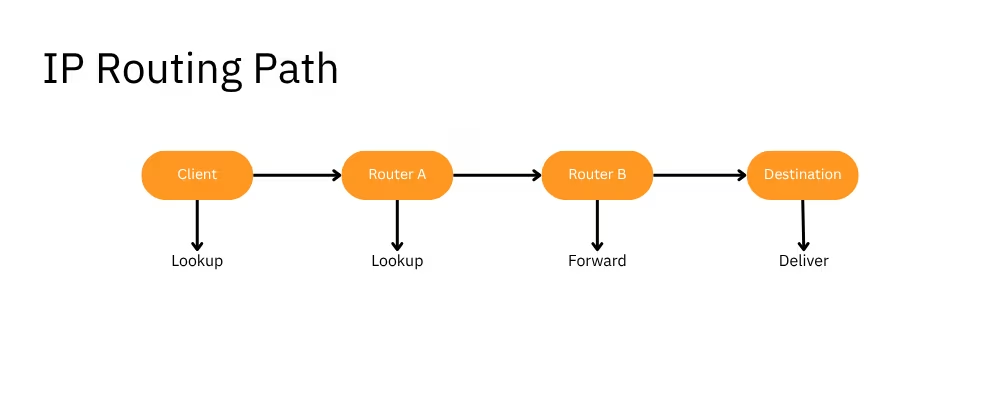
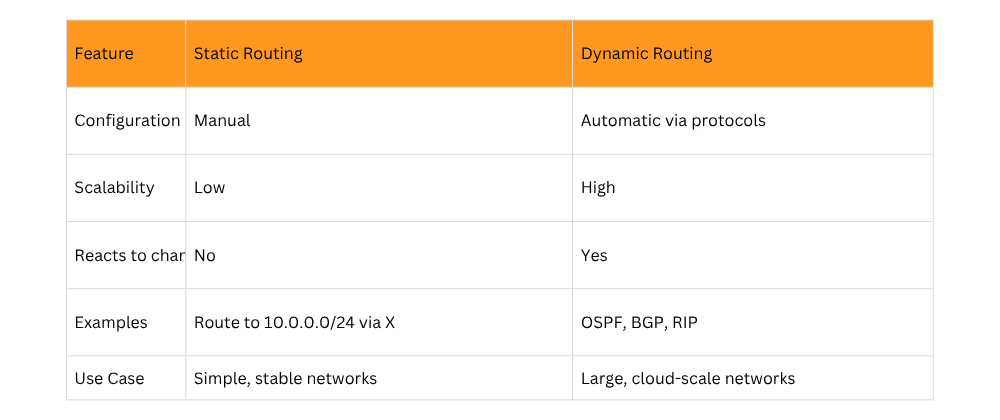
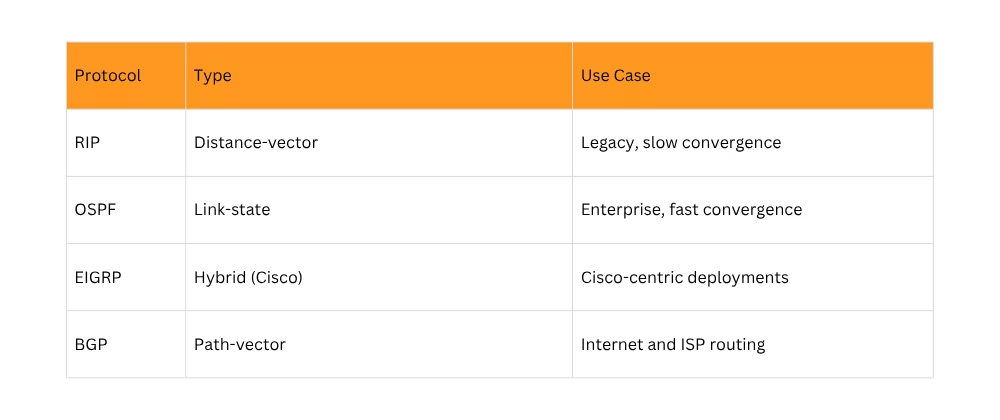
In addition to standard IP routing, Policy-Based Routing allows routing decisions based on:
PBR is common in SD-WAN, cloud firewalls, and enterprise edge appliances to enforce custom routing behavior.
Cloud platforms like AWS, Azure, and GCP rely heavily on routing—but abstract much of it:
Limitations include:
IP routing is powerful—but flawed in multi-cloud, dynamic, and ephemeral environments. Routing tables are hard to audit, NAT breaks visibility, and BGP is unpredictable.
noBGP removes the complexity of traditional IP routing by introducing a new model based on service-level identity and deterministic paths.
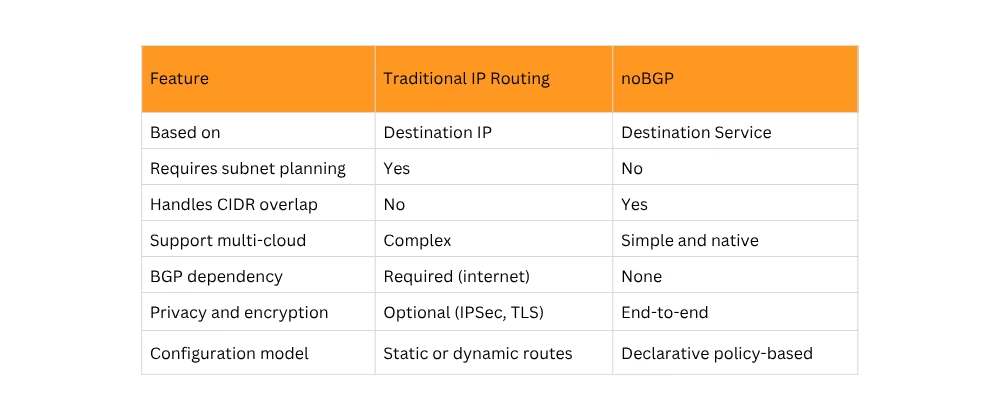
IP routing is the invisible force that powers internet and cloud communication. But in its traditional form—especially when combined with BGP—it’s complex, opaque, and hard to control.
noBGP offers a new model: where paths are predictable, connections are private, and you never have to touch a route table again.
It’s not just faster networking—it’s better control, simpler configuration, and true sovereignty over your traffic.